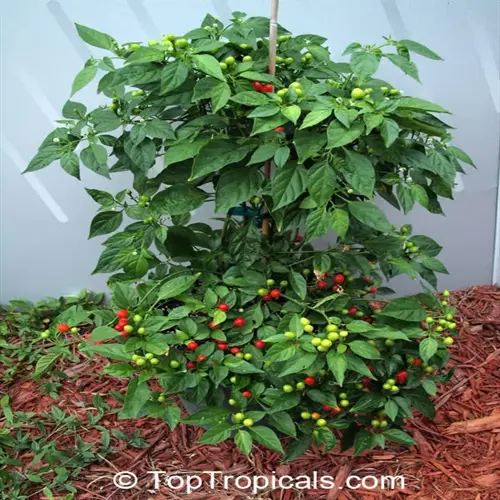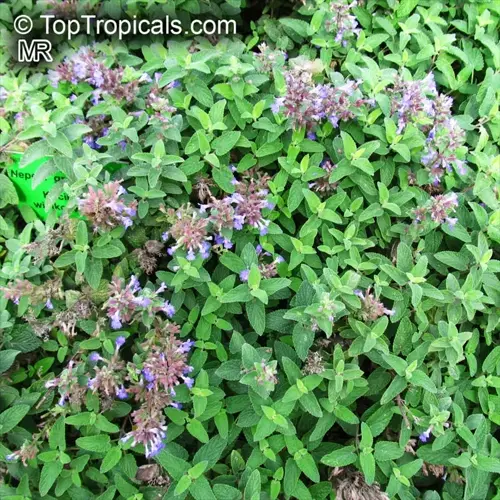What plant parts make chamomile tea?

Written by
Tina Carter
Reviewed by
Prof. Charles Hartman, Ph.D.Chamomile tea uses only flower heads since it contains bitter tannins and lignin in the stems that sour the flavor. Only the petals contain concentrated essential oils that produce the vaguely apple-sweet flavor and therapeutic goodness of chamomile tea. The leaves have none of the goodies to brew.
Gather blooms having the petals turning back fully to show off their yellow center. Select dry mornings once the dew has dried to prevent flavor dilution by moisture. Carry blooms using baskets, and handle them carefully to avoid compression, which can bruise the delicate oil sacs and diminish their quality.
Harvesting Phase
- Collect flowers with backward-arched petals in late morning
- Use sterilized scissors cutting below flower base
- Avoid harvesting more than ⅓ of plant at once
Drying Process
- Spread flowers in single layer on mesh screens
- Dry in dark ventilated area for 7-14 days
- Test dryness by crushing petals - should crumble easily
Storage Method
- Use amber glass jars with airtight seals
- Store in cool pantry below 70°F
- Check monthly for moisture condensation
Brewing Technique
- Use 1 tablespoon dried flowers per 8oz water
- Steep covered for 5 minutes at 200°F
- Strain immediately after steeping
Appropriate drying also helps retain beneficial compounds, such as apigenin, which interacts with GABA receptors to enhance relaxation. Partial drying, however, risks mold, which cancels out the health benefits. I set my dehydrators to 95°F for 12 hours to promote even drying and prevent scorching the delicate petals.
Storing in amber glass jars eliminates light, which protects sensitive chamazulene from photodegradation. Avoid using spices and strong fragrances, as they can overpower the delicate flavor of chamomile. Storing in the refrigerator will prolong freshness, but cold storage will invite condensation, which the use of silica packets can counter.
Brewing temperature is critical to flavor extraction. Water below 195°F will not release oils properly, while boiling water will scald petals and create bitterness. Always cover steeping tea to trap volatile aromatic compounds for the maximum flavor.
Read the full article: How to Grow Chamomile: A Complete Guide

